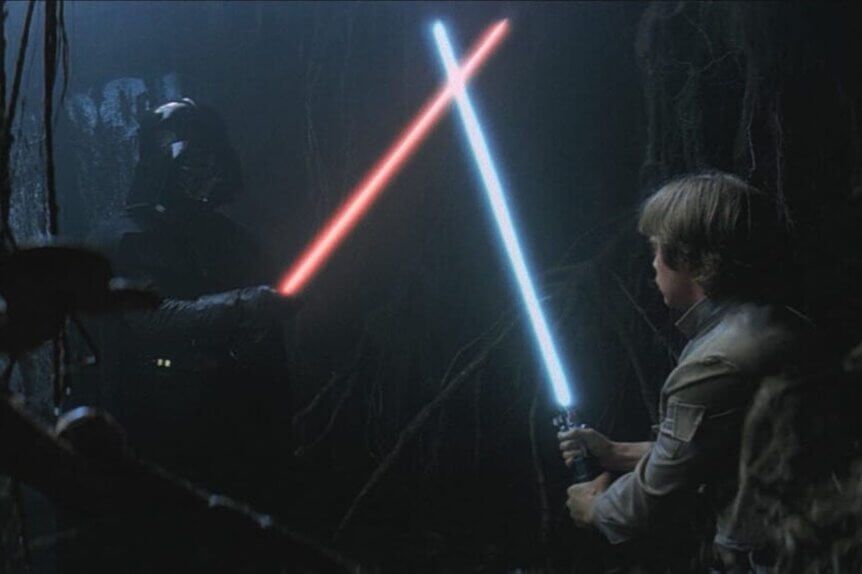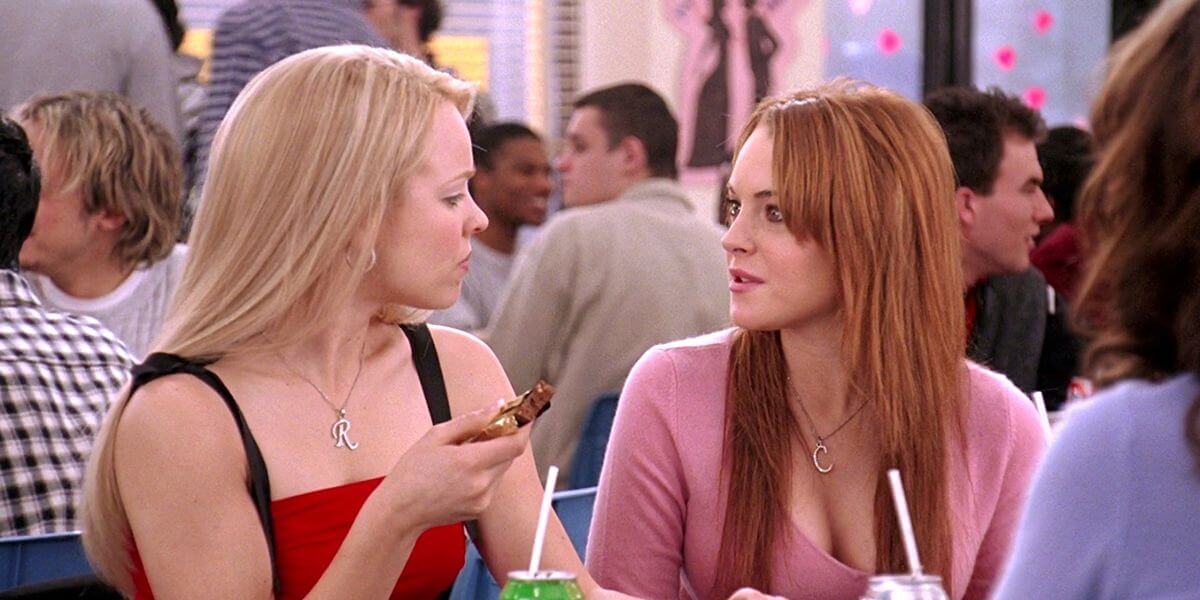One step further than the antagonist, is the nemesis. Some of the most memorable characters from stories in cinema and literature are those who have challenged the heroes, characters who’s main role is to be a rivalry force. Let’s look at the impact the nemesis role can have and story and some of the best characters that have been created from it.
What Does Nemesis Mean in Storytelling?
First, let’s define nemesis
A nemesis is used by writers in cinema, literature, and theatre, but its definition remains the same. Let's take a closer look.
NEMESIS DEFINITION
What is a nemesis?
A nemesis is a character who is an opponent or rival. It is derived from the Greek goddess of vengeance, Nemesis, who was responsible for enacting retribution on those who showed pride and arrogance.
In the context of modern storytelling, a nemesis refers to an archenemy or formidable rival that the protagonist must confront. This adversary often poses significant challenges, pushing the protagonists to their limits and often reflecting their darker aspects.
What is Nemesis Used For?
Enhances plot tension
Reflects the protagonist's flaws
Spurs character development
What is Nemesis Used For?
Importance of a Nemesis
The role of a nemesis can be crucial in story, brining out some change in characters through challenge and adversity. It serves as a catalyst for character development and plot advancement, shaping the narrative in impactful ways. Without a nemesis, a story can easily fall into monotony and lack a sense of urgency.
Catalyst for Character Development
A nemesis pushes the protagonist beyond their comfort zone, forcing them to confront their weaknesses and grow stronger. This journey of self-discovery allows the protagonist to evolve and become a more complex and relatable character.
This video analysis by Lessons from the Screenplay breaks down how and why The Joker is the perfect nemesis to Batman in Christopher Nolan’s The Dark Knight.
The Dark Knight • Creating the Ultimate Antagonist
Driver of Plot Advancement
The presence of a nemesis propels the story forward. Their actions and conflicts create tension and drive the narrative towards its climax. The protagonist's quest to overcome the nemesis becomes the central focus, captivating the reader or audience and keeping them engaged.
Adding Layers of Complexity
The presence of a nemesis adds depth and complexity to the narrative. The dynamic between the protagonist and their nemesis creates a rich and multifaceted storyline, allowing for exploration of themes such as rivalry, redemption, and the human condition.

Darth Vader vs Luke Skywalker • Star Wars
Mirror of Personal Limitations
A nemesis often embodies the traits or flaws that the protagonist needs to confront within themselves. By facing their nemesis, the protagonist is forced to acknowledge and overcome their own limitations, leading to personal growth and transformation.
Nemesis Examples
Examples of Nemesis Characters
Nemesis characters emerge as formidable adversaries, ready to challenge our protagonists and put their mettle to the test. With unwavering determination, they push boundaries, sparking a profound journey of self-discovery in other characters.
Magneto in X-Men
Magneto, also known as Erik Lehnsherr, is the formidable rival of Charles Xavier (Professor X) in the X-Men franchise. He opposes Professor X's vision of peaceful coexistence between humans and mutants, embodying a radical ideology and employing drastic methods.

Professor X and Magneto • X-Men
Magneto poses an ongoing threat to Professor X and his team, leading to intense conflicts and presenting challenging ethical dilemmas.
Regina George in Mean Girls
In thefilm Mean Girls, Regina George serves as the nemesis to protagonist Cady Heron. As the leader of a clique of mean girls, Regina poses a constant threat to Cady's social life and complicates her journey towards acceptance in high school. Regina represents everything that Cady is not, and their rivalry leads to a series of conflicts that force Cady to reevaluate her own values and actions.

Regina George and Cady • Mean Girls
Grendel from Beowulf
In literature, Grendel from the epic poem Beowulf serves as a nemesis to the titular hero. As a monstrous creature with superhuman strength, Grendel poses a significant challenge to Beowulf and his people. Their ongoing conflict becomes a central theme in the poem, representing the struggle between good and evil, and highlighting the importance of courage and heroism.

Beowulf and Grendel • Beowulf
Nemesis characters serve as formidable adversaries that drive character development, propel the plot forward, and add layers of meaning to a story.
The examples we’ve explored highlight how a well-developed nemesis can elevate a story, making it more captivating for audiences. Think about it, what would Professor X be without Magneto or Beowulf without Grendel? Batman without the Joker or Harry Potter without Voldemort? A nemesis is not just a simple antagonist; it is a forceful catalyst that can elevate a story from good to great.
Up Next
Types of Villains
While nemeses certainly add an intriguing layer to stories, they are just one aspect of the world of antagonists. In our upcoming article, we'll explore the different shades of villains that enrich our tales.
